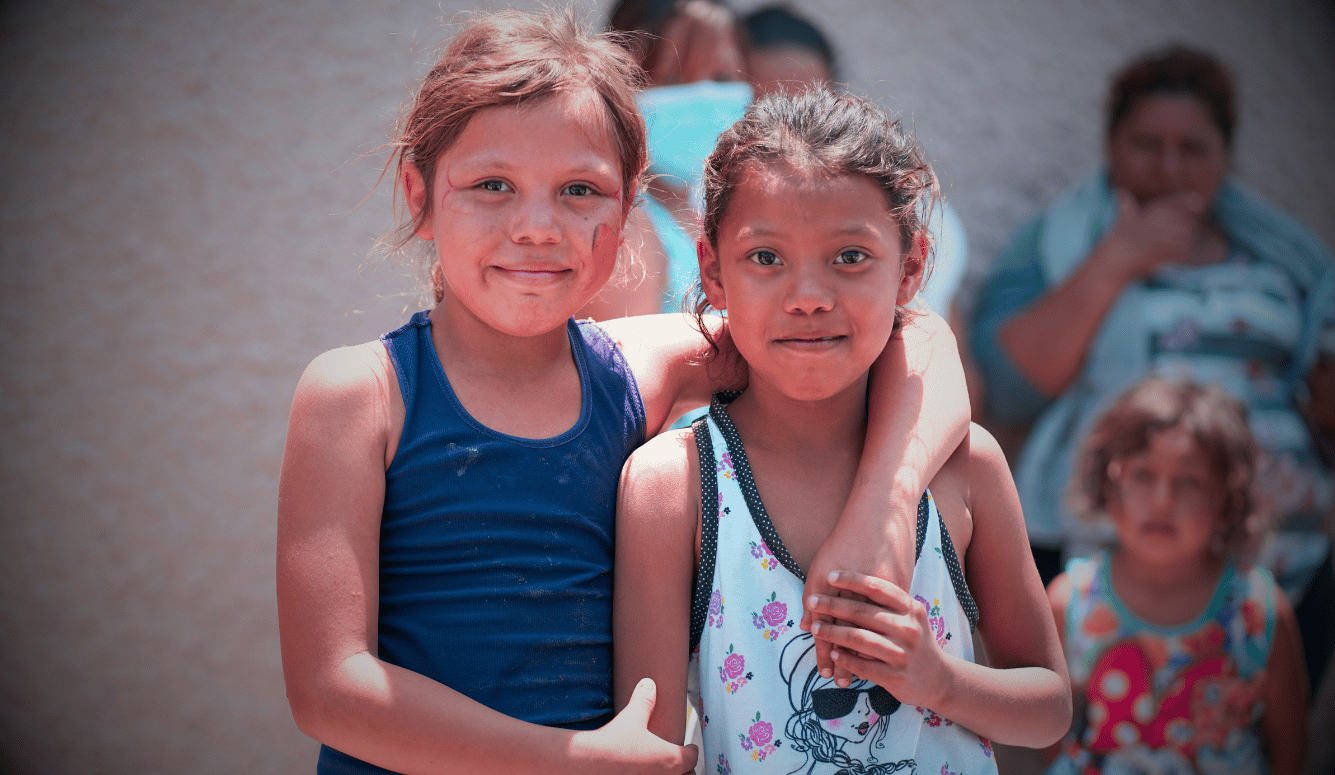Politics
Why Immigrants Need US Border Enforcement
Many people were surprised by the number of Latinos who voted for Trump, but opposition to mass migration does not just come from Anglo nativists.

A review of Soldiers and Kings: Survival and Hope in the World of Human Smuggling by Jason De Leon, 400 pages, Viking (March 2024)
One of the reasons Donald Trump has just been re-elected US president is the battle over how to manage the country’s southern border with Mexico. Stopping illegal movement into the US was one of Trump’s salient campaign promises; deporting all illegal immigrants was another; neither prevented him from attracting 45 percent of the Latino vote, a leap from the 32 percent he won in 2020 and the 29 percent he won in 2016. Why so many Latinos voted for Trump may have more to do with the affordability crisis than with thorny immigration issues, but Democrats may want to rethink the assumption that a permissive border policy will win them Latino votes.
A handy summary of progressive views about illegal immigration can be found in the life and work of Jason De Leon, the most well-known anthropologist conducting research on the US–Mexican borderlands. De Leon started out as an archaeologist studying the Olmec civilisation of Mexico, but he became interested in the border issue because he grew up in southern Texas and California. Since 2009, he has recruited hundreds of students and activists into the Undocumented Migration Project, which interviews illegal border-crossers and tracks down what happened to those who did not make it.
The archaeology of death in the desert has attracted so much funding and media attention that De Leon and his colleagues have launched two travelling exhibitions for colleges and museums. “State of Exception” focuses on the trails of discarded clothing, backpacks, and water bottles that columns of border-crossers leave behind as smugglers guide them north. “Hostile Terrain ’94” displays a wall-size map of the US–Mexican border and invites viewers to pinpoint the locations where thousands of migrants have died.
De Leon’s first book, The Land of Open Graves: Living and Dying on the Migrant Trail (2015), blames this tragedy on Prevention through Deterrence, the federal government’s policy of fencing off popular crossing points. These barriers force migrants to take longer and more dangerous routes, with the result that several hundred drown in waterways or die in the desert every year. By highlighting this ongoing toll—deaths and disappearances spiked to 686 in 2022—Open Graves has become a popular college text and mandatory reference in border scholarship. De Leon has now published another page-turner, Soldiers and Kings: Survival and Hope in the World of Human Smuggling.





